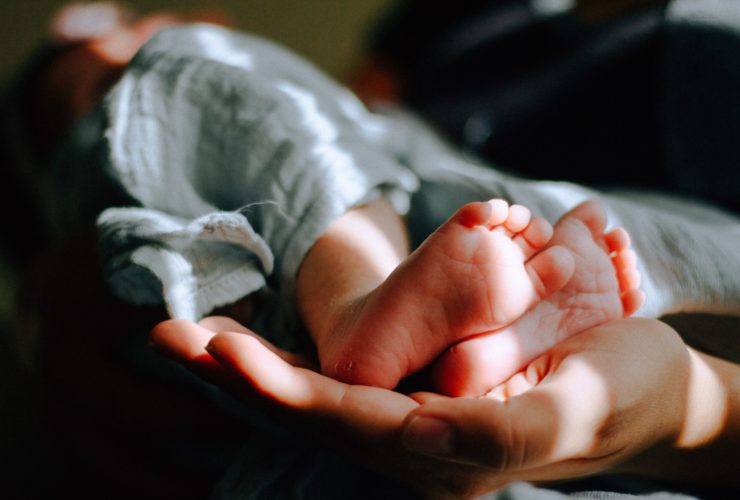What You Need to Know About Pre-Eclampsia
What is pre-eclampsia?
Pre-eclampsia is a serious complication in pregnancy that rarely occurs before 20 weeks gestation, and more commonly occurs late in pregnancy. It represents a severe reaction between the placenta and the mother, resulting in potential issues for both the mother and the baby.
How often does it occur?
Approximately 6% of pregnant women develop pre-eclampsia during their pregnancy. Severe pre-eclampsia occurs in 1-2% of pregnancies, and first time mothers are more than twice as likely as second time mothers.
Am I at risk?
Certain issues or pre-disposing conditions can significantly increase your risk of pre-eclampsia. Having multiple risk factors further increases a person’s predisposition.
Risk factors are:
- Chronic hypertensions
- Kidney disease, diabetes or lupus
- First pregnancy
- Pregnancy with twins or triplets
- Women over 40 years of age
- History of pre-eclampsia (specifically, a mother having experienced pre-eclampsia)
- Being overweight (BMI >35)
- IVF
- A gap of more than 10 years since your last baby
Symptoms of pre-eclampsia
The majority of women who develop pre-eclampsia don’t have symptoms until it is moderate to severe. Elevation of blood pressure is a central process in the condition, and testing blood pressure at appropriate intervals is often the first and most important sign to detect. This is the main reason that regular antenatal visits were established less than 50 years ago. Blood pressure normally doesn’t change until it’s very severe. In fact, most women with pre-eclampsia don’t have any specific symptoms in the milder form. If left untreated, symptoms such as headache, facial swelling, disturbed vision and upper abdominal pain may develop.
How is pre-eclampsia treated?
When you are suspected of having pre-eclampsia you will likely have blood and urine tests to help confirm the diagnosis, as well as to check on possible effects to your organs. The baby’s heart rate may be monitored (CTG machine) and sometimes an ultrasound may be necessary to assess the baby’s health, particularly if premature.
Admission to hospital for monitoring and stabilisation may be required, particularly if it occurs earlier on in the pregnancy. Sometimes blood pressure control may require medication, but that doesn’t cure the underlying pre-eclampsia. It is only the delivery of the baby and placenta that ultimately cures pre-eclampsia. If you are near full term, delivery might need to occur soon, but if you are less than 37 weeks, the possibility of waiting will be discussed with you. Delivery at any stage of pregnancy would be necessary if there are signs of severe and worsening organ damage, immediate threat to the baby or if blood pressure becomes very difficult to control. A caesarean section may be required in some circumstances.
What are the potential consequences of severe pre-eclampsia?
Pre-eclampsia has the potential to do enormous harm to you and your baby, but fortunately most women will avoid major complications.
Some of these potential issues include:
- Seizures
- Stroke
- Multiple organ failure (including kidney, liver and heart)
- Spontaneous haemorrhages
- Placenta tearing off the uterine wall (abruptions)
- Haemolysis (rapid blood cell rupture – anaemia)
- Premature birth
- Growth restricted baby
- Still birth
Recovery and future
Following delivery of the baby and placenta, the preeclampsia may still worsen over the subsequent 24 hours, but will tend to progressively improve. It may take three weeks for blood pressure and organ damage to resolve and you should be heavily monitored over this period, even at home.
To further discuss pre-eclampsia, contact your obstetrician.


